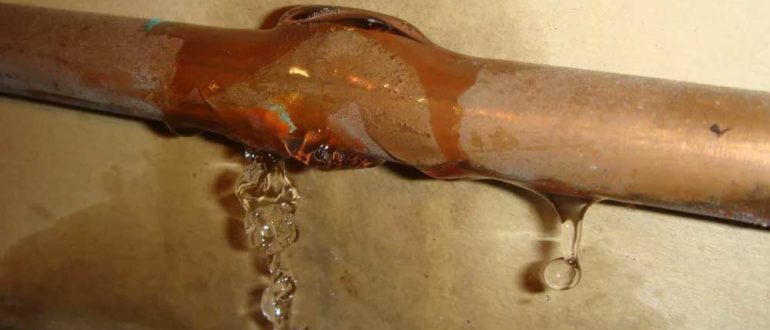Water leaks in walls can cause significant damage if left unaddressed, so it’s important to detect them as soon as possible. Here are the steps to follow for water leak detection in a wall.
1. Look for signs of a water leak
The first step in detecting a water leak in a wall is to look for signs of a leak. These signs may include water stains, mold growth, peeling paint or wallpaper, or a musty odor.
2. Turn off the water supply
Once you suspect there is a water leak in your wall, turn off the water supply to your home. This will help prevent further damage until the leak is located and repaired.
3. Check your water meter
After turning off the water supply, check your water meter. If the meter is still running, it’s likely that you have a leak. This can help you determine if the leak is located in your home or outside.
4. Inspect your walls
Carefully inspect the walls near the suspected leak for signs of water damage. Look for wet spots, discoloration, or areas that feel damp to the touch.
5. Use a moisture meter
If you can’t see any visible signs of a water leak, use a moisture meter to detect any moisture in the walls. These meters can detect moisture that may not be visible to the naked eye.
6. Listen for running water
If you can hear the sound of running water inside your walls, it’s a strong indication of a water leak. Use a stethoscope or a drinking glass to listen for the sound of water running through the pipes.
7. Call a professional
If you’re unable to locate the water leak in your wall, or if the leak is extensive, it’s important to call a professional to perform water leak detection. A professional can use specialized equipment, such as a borescope, to locate and repair the leak.
In conclusion, detecting a water leak in a wall requires careful observation and sometimes specialized equipment. By following these steps, you can detect a water leak in your wall and prevent further damage to your home.

